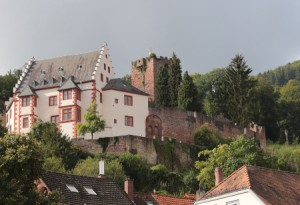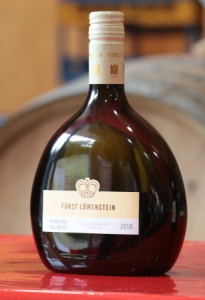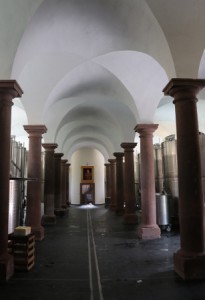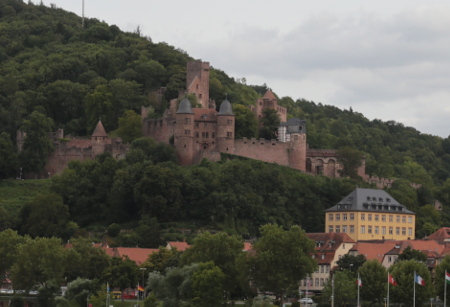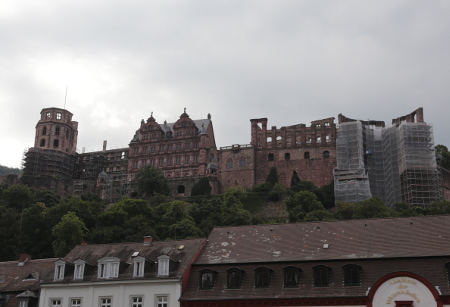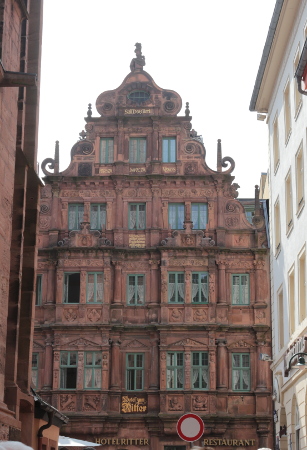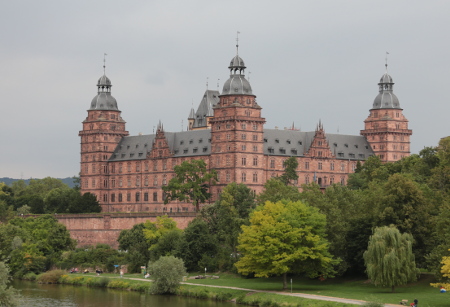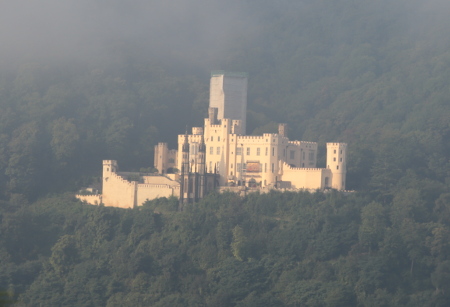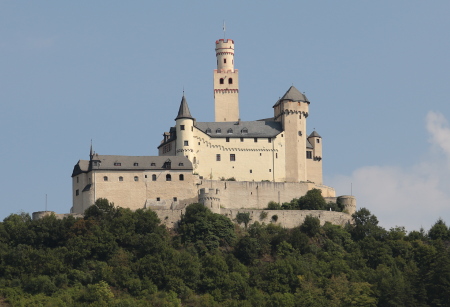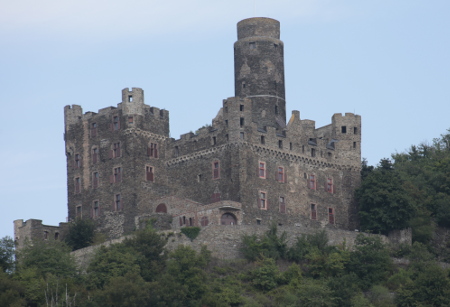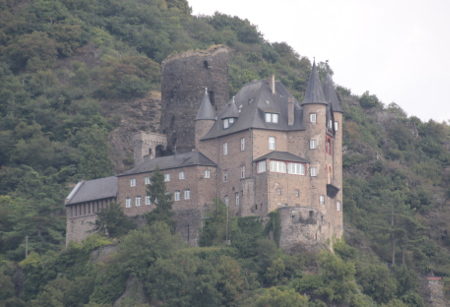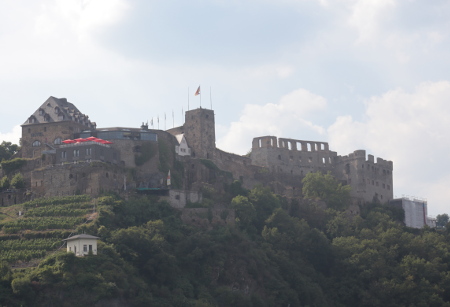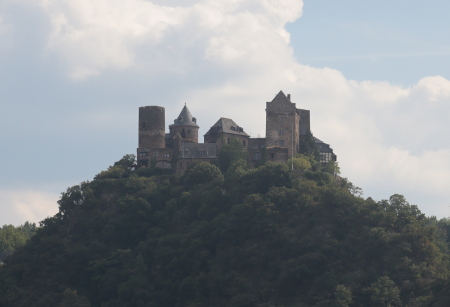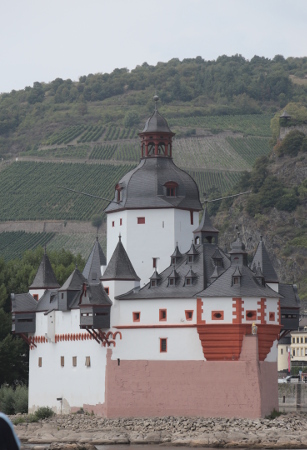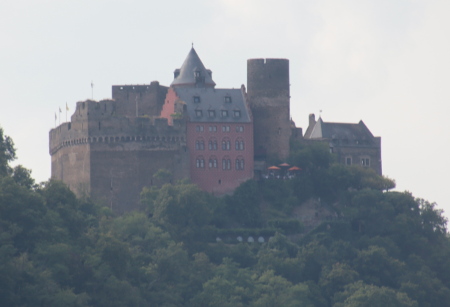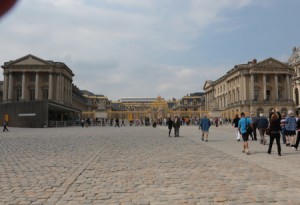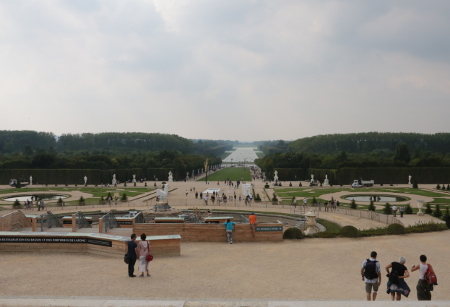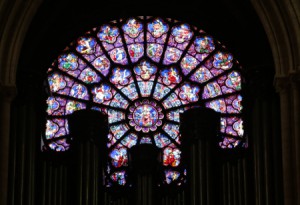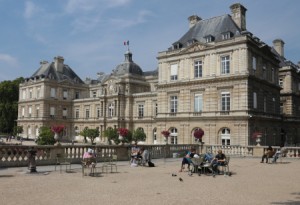About Traben-Trarbach

Herr Axel Emert – “Less thinking, more drinking”
After lunch the river took us past some small towns, villages nestled amongst very steep vine covered hills. After passing some locks, we finally arrived in the twin city of of Traben-Trarbach. Traben is on one side of the river and Trarbach on the other.
Traben-Trarbach is a wine and boat racing city. Although in existence for a long time, the real growth of the villages was stimulated only in mid 19th century, after the city fire in Trarbach in 1857 caused wine merchants and winemakers to make their way to Traben, across the river. These men banded together and started large wholesale businesses that became important to the modern state of Moselle valley wine making and Moselle valley wine trade.
Moselle Wines
As luck would have it the tour manager has arranged for us to meet with Herr Axel Emert, 8th generation local grape grower and wine maker, and also the and manager and front face of Weingut Axel Emert (formerly Weingut Carl Emert).
Axel is passionate about grapes, and wine. As he himself admits, he likes to grow grapes and drink wine.
Most of the vines in the Moselle valley are tended to by hand. This is because most grapes are gown on steep slopes of 65 to 80+ degrees incline. To make things more interesting for those working there, base of each vine is lined with local slate, which provides extra warmth, slows down erosion and conserves soil moisture. However this is a very fertile region, and Axel admitted to having some 40 or 50 thousand vines on 8 hectares (16 acres or so), and producing some 40,000 bottles of wine per year.
I think Axel would feel right at home with the Australian wine growers and wine makers. In blunt and direct way he rejected the idea that somehow the wine with a cork in the bottle and aged in wood is somehow better, and that it is a bad idea and bad practice to use stainless steel to ferment and age the wine, or a twist top cap to seal it. As he not so kindly put it “I grow grapes. I have never tasted a grape that has wood flavour. If you want wood flavour, go chew on a stick”.
To illustrate his point, Axel presented us with three Riesling grape white wines to try: a 2011 dry white, 2011 semi-sweet and 2011 sweet. The only difference between these three wines, Axel claimed, was the point where the fermentation was stopped.
As far as wine selection Axel’s philosophy is simple – drink what you like – “Less thinking, more drinking”

A glass of Reisling

